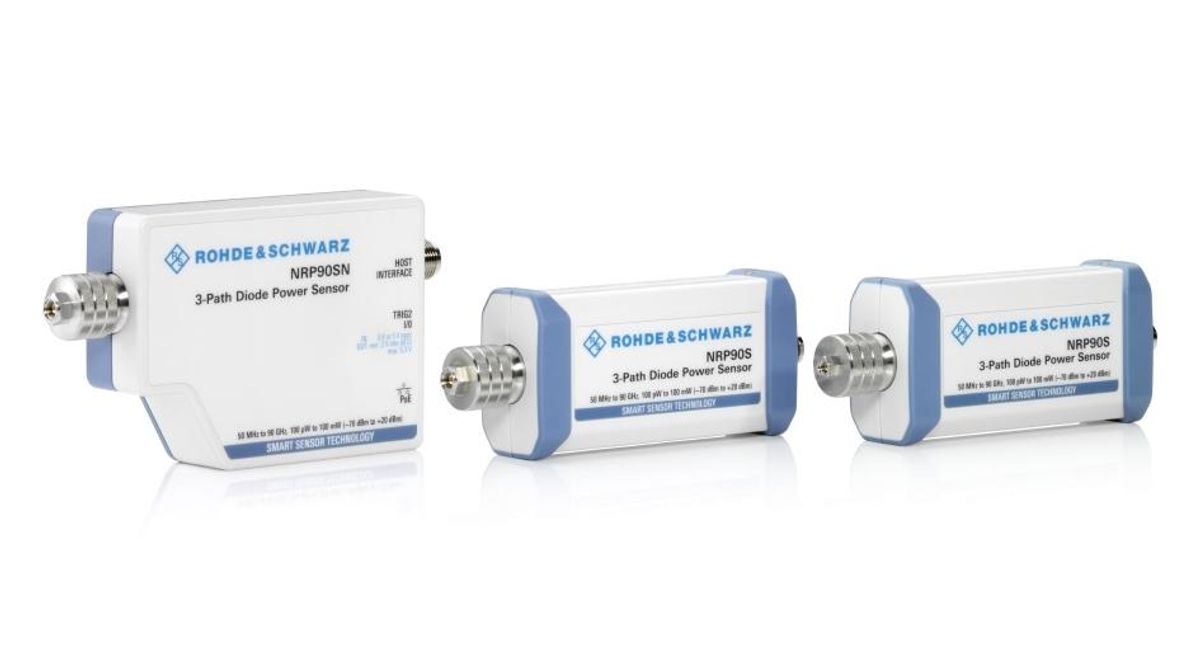Rohde & Schwarz, the only supplier of fast diode sensors for power measurements up to 67 GHz, is increasing the maximum measurable frequency of diode power sensors to 90 GHz, higher than any other diode sensor currently available. The diode technology enables extremely fast and accurate power measurements with the highest sensitivity from a compact and lightweight portable instrument.
The R&S NRP90S(N) power sensors are universal power measurement devices for production, calibration, development and research. High speed power measurements are now possible for all frequencies above 67 GHz in 5G, automotive radar, and satellite communications applications, including the entire E band.
Key facts
- Fast and accurate power measurements for CW and modulated signals
- 100,000 readings/s
- Control and monitoring via LAN and USB
- Sensors for high-power applications
- Flexible operation with R&S NRX base unit
Fast, accurate, and packed with features to measure CW and modulated signals, the R&S NRPxxS/SN power sensors use three separate diode paths, each operated in the optimum detector range. As a result, the average power can be determined with high accuracy independent of the modulation type.
Measurement results are hardly affected by interfering signals or harmonics. The R&S NRPxxS/SN power sensors therefore behave in a way similar to thermal power sensors but offer significantly higher speed. They provide up to 93 dB dynamic range with an excellent lower measurement limit of -70 dBm.
Getting Started With NRP Power Sensors
This video explains how to use Rohde & Schwarz NRP series power sensors to make average power measurements.
Rohde & Schwarz is one of the world’s leading manufacturers of test and measurement, secure communications, monitoring and network testing, and broadcasting equipment.



